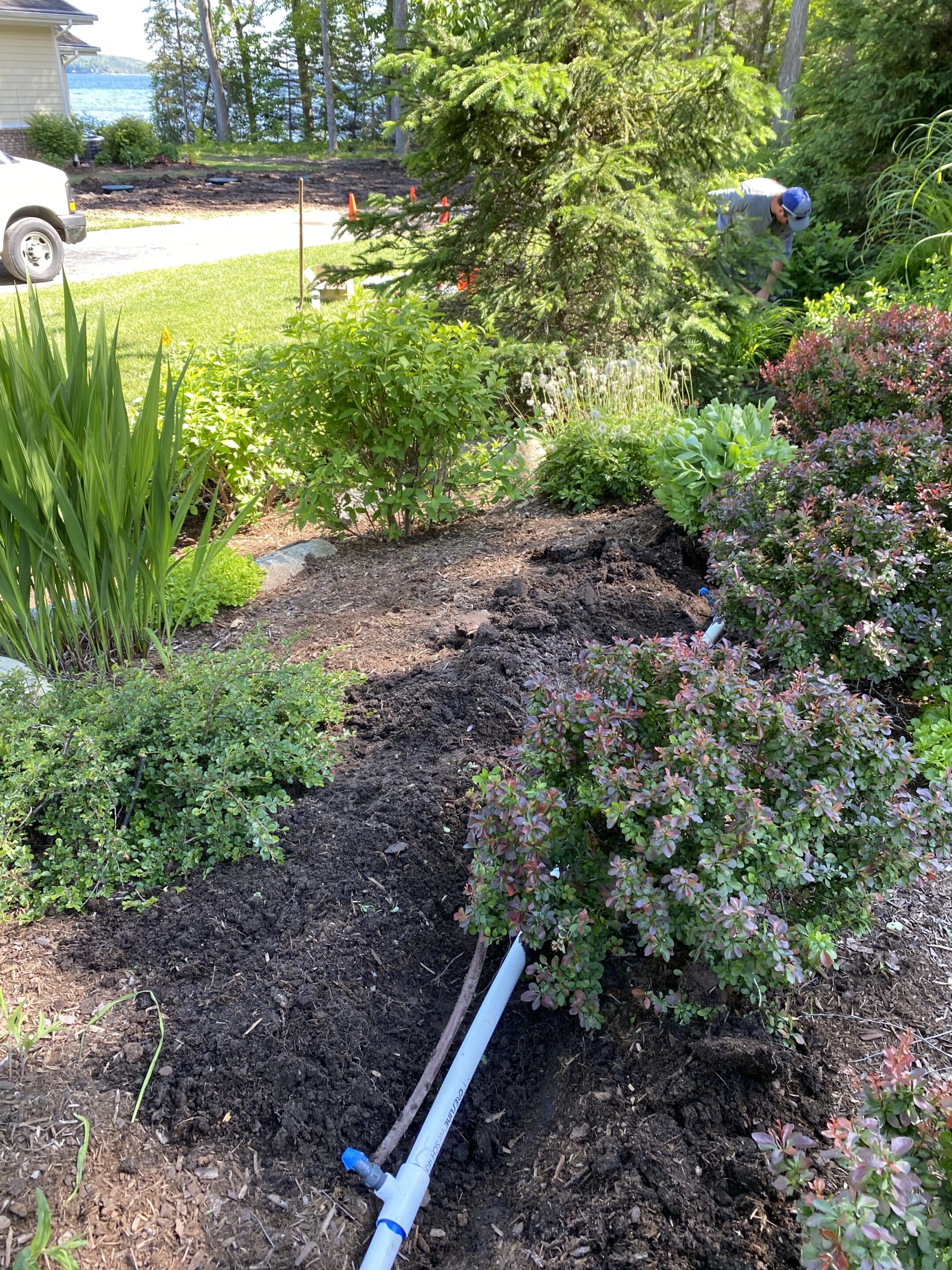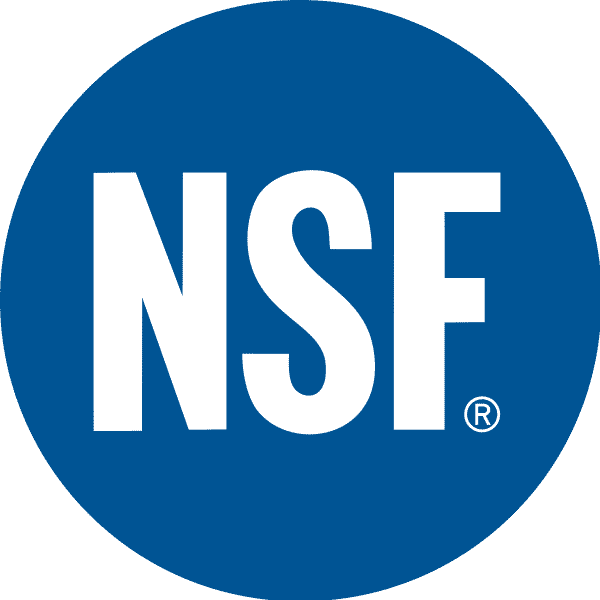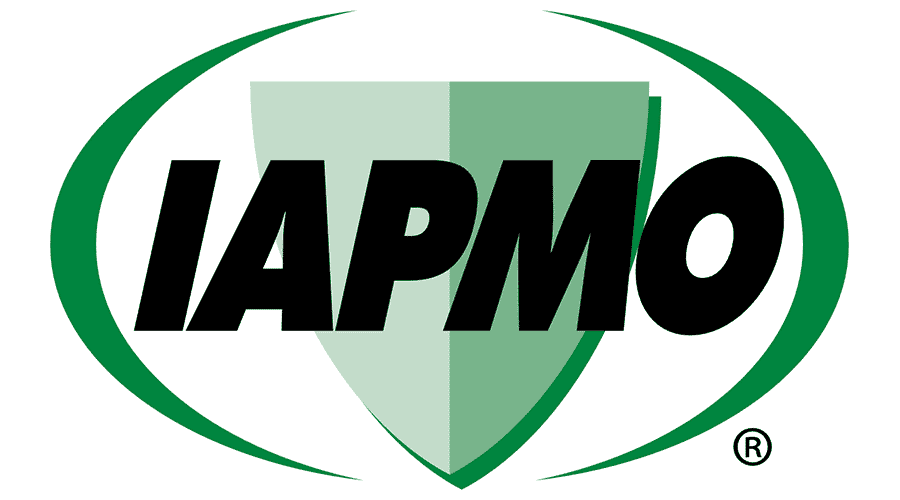Many cottages near Northern Michigan’s beautiful lakes were built 50-100 years ago with sub-par wastewater systems. Septic tanks were often placed near the shore so that sewage would flow by gravity, with the liquid portion flowing downhill to a leach trench beside the lake. While this may have been acceptable when the cottages were only used during the summer, the situation has changed now that many properties have been developed and occupied year-round. Upgrading these systems to comply with current code requirements is problematic since most plots were laid out without any code in mind. The properties are often too small and too close to the water, with high groundwater levels that saturate their septic leachfields.
To upgrade systems on sensitive lots, the first step should be to improve the quality of the waste. The SludgeHammer advanced treatment technology was created to put natural bacteria, oxygen, and particles that filter out viruses and harmful bacteria into a septic tank to purify the wastewater before it reaches the leach field. This approach eliminates the need for excessive demands placed by current code requirements to keep the environment safe when untreated septic waste is being dumped into tiny properties.
To complement the SludgeHammer systems, Subsurface Drip technology is another solution to upgrade wastewater systems around lakes. This technology uses a drip tubing about 6 inches deep with emitters every 1 or 2 feet, slowly moving water through the soil by capillary flow. A pump sends out the water through a supply line, and a return line is brought back to the pump tank, with a series of individual drip lines connecting the two to create a drip field. This technology ensures that the liquid is released in the zone of highest biological activity where the natural environment does the work to process the waste and purify it.
Around lakes, these systems have several advantages:
- Most old leachfields are deep, meaning there is less unsaturated soil for purification before it gets into the groundwater.
- With drip technology, the tubing is near the soil’s surface, increasing the separation from groundwater.
The waste is released in the zone of highest biological activity, where worms, fungi, insects, protozoans, and other living things process the waste to ensure no pathogenic bacteria or viruses survive. - The highly treated wastewater is an excellent lawn fertilizer, continuously supplying nitrogen and phosphorus to plants in low concentrations, preventing nutrient runoff into the lake that could cause algae blooms. Or as we call it, “fertigation.”
- The system creates a beautiful landscape feature, protecting the shorefront ecology, increasing property value, and giving homeowners a sense of pride for doing nature a favor.
When properties have high groundwater, the system may need to be mounded slightly. However, this is still preferable to the obnoxious structures that so many cottages are forced to put in their front yards with conventional mounds. By upgrading their wastewater systems, homeowners can enhance their properties, protect the environment, and take pride in doing the right thing.






